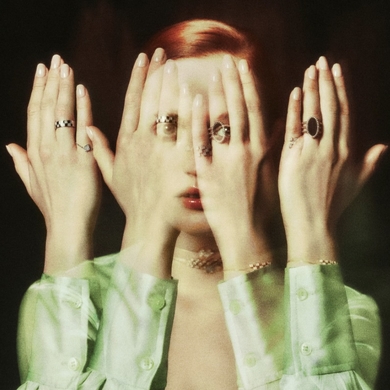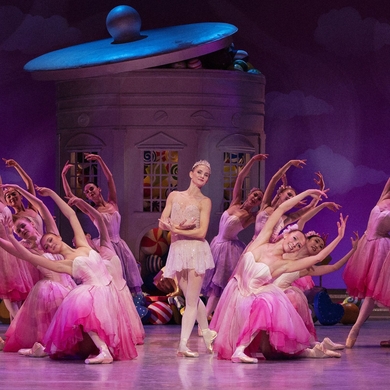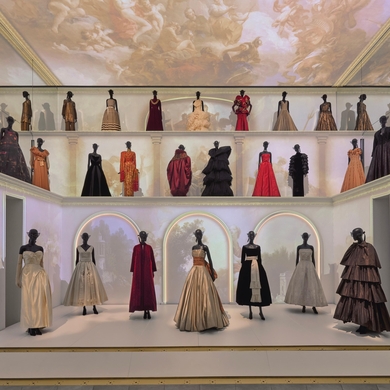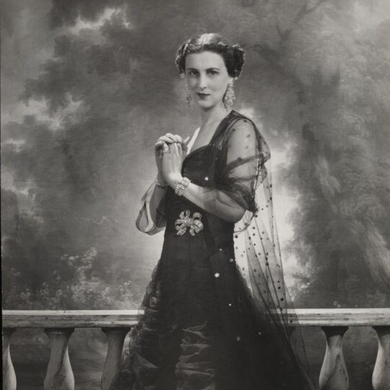As the Renaissance moved into the Age of Enlightenment, a group of Dutch and Flemish artists began drawing and painting newly discovered wonders of the natural world―namely insects, or beestjes (“little beasts”). Some of the first of their kind, these artworks were then printed so that many people could make sense of the unfamiliar entomological world. This exhibition demonstrates the ways in which artists such as Joris Hoefnagel and Jan van Kessel were bridging the gap between traditional forms of thinking and the era’s discoveries. Some paintings depict mythological figures like Hercules, while others employed then-new methods like lepidochromy, the use of actual butterfly wings to make realistic prints. Even now, these works beautifully embody the intersection between art, science, and imagination. —Charlie St John
Arts Intel Report
Little Beasts: Art, Wonder and the Natural World

Joris Hoefnagel, Plate 53: Southern Hawker Dragonfly, 1575–90.
When
May 18 – Nov 2, 2025
Where
Etc
Photo: Courtesy of the National Gallery of Art



